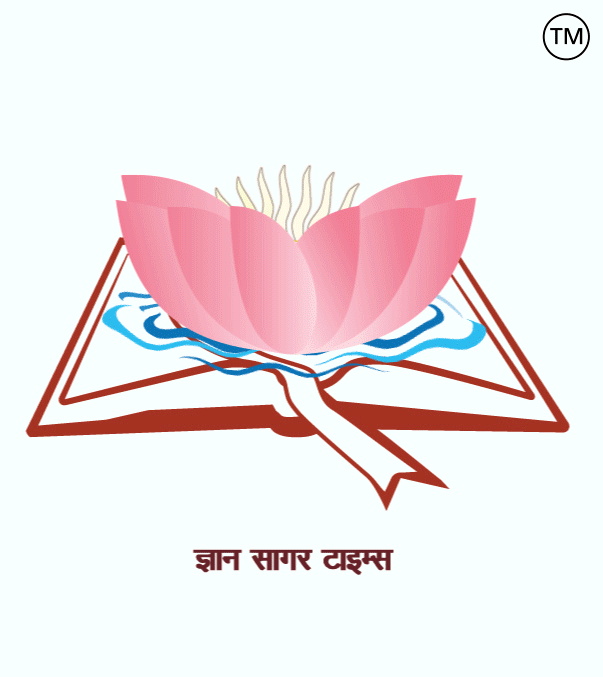
From Runway to Retail: Understanding The Journey Of Garment Manufacturing
|
Introduction: The fashion industry is an intricate network of imaginative thinking, originality, and precise artistry. The core of this sector is the process of garment production, which involves turning concepts created on the runway into physical pieces that can be purchased by consumers in retail stores. Gaining insight into the process of garment manufacturing reveals the complex procedures and partnerships that bring fashion concepts into existence. Design and Development: The creation of a garment commences with a burst of imagination. Fashion designers generate their ideas by conceptualizing and drawing inspiration from diverse areas, including art, culture, and contemporary trends. Sketches, mood boards, and fabric swatches show their creative vision. These early ideas are then improved through repeated cycles and input, resulting in a completed design. Production: Once the design has been fully completed and the prototypes have been given the green light, the manufacturing process commences. This phase entails a synchronized endeavor among designers, producers, and suppliers. The sourcing of fabric involves obtaining it from many global locations, with a focus on ensuring high quality and sustainability. Afterwards, the manufacturers proceed to cut, sew, and assemble the garments, employing highly qualified artisans and utilizing state-of-the-art gear to ensure accuracy and productivity. The production process can exhibit substantial variations based on characteristics such as volume, complexity, and location. Massive firms may employ automated assembly lines to satisfy demand, but smaller, artisanal enterprises prioritize manual craftsmanship and meticulousness. During the production process, quality control procedures are put in place to guarantee uniformity and compliance with design criteria. Supply Chain and Logistics: The trajectory of a garment extends beyond the manufacturing facility, encompassing an intricate network of suppliers, logistics providers, and retailers. Supply chain management plays a crucial role in coordinating the movement of materials and completed products, maximizing efficiency, and reducing expenses. Just-in-time inventory systems and advanced tracking technology enhance operational efficiency and minimize inefficiencies. To ensure prompt delivery to retailers, it is necessary to overcome logistical obstacles such as transportation, customs clearance, and warehousing. The flow of commodities across borders can be influenced by international trade agreements, tariffs, and geopolitical issues, which introduces an additional level of intricacy to the supply chain. Retail and Distribution: After production, clothing are prepared to be introduced into retail outlets. Fashion brands utilize a range of distribution methods, such as physical retail storefronts, online platforms, and wholesale collaborations. Marketing and promotional endeavors are essential for stimulating customer interest and generating demand. Conclusion: The process of garment production exemplifies the cooperative endeavors of designers, manufacturers, suppliers, and merchants. From the inception of an idea to the ultimate placement of the finished product on store shelves, every step in the process necessitates meticulousness, commitment, and ingenuity. Gaining a comprehension of this expedition offers valuable observations into the intricate and ever-changing nature of the fashion industry, emphasizing the artistic innovation, skillful workmanship, and resourcefulness that characterize it. REFERENCES:- https://www.imagesbof.in/from-runway-to-retail-the-journey-of-a-fashion-collection/
Nahida Afreen Nilima R. Topno National Institute of Fashion Technology
Note: – It has not been edited.
|




